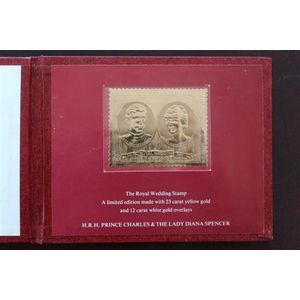Sunderland Lustre Plaque with 'Thou God Seest Me' Motto
You must be a subscriber, and be logged in to view price and dealer details.
Subscribe Now to view actual auction price for this item
When you subscribe, you have the option of setting the currency in which to display prices to $Au, $US, $NZ or Stg.
- Transfer Printed / Decorated Transferware - Transfer printing is method of decorating ceramics, reducing the cost of decoration when compared to employing artists to paint each piece. A print was taken on transfer-paper from an engraved copperplate, covered in ink prepared with metallic oxides, and the image on the paper was then applied to the biscuit-fired ceramic body. The print was fixed by heating the object in an oven, and then glazed, sealing the picture. Early transfer prints were blue and white, as cobalt was the only colour to stand firing without blurring. Early in the 19th century advances in the composition of the transfer paper resulted in better definition and detail, and enabled engravers to combine line-engraving with stipple.
- Circa - A Latin term meaning 'about', often used in the antique trade to give an approximate date for the piece, usually considered to be five years on either side of the circa year. Thus, circa 1900 means the piece was made about 1900, probably between 1895 and 1905. The expression is sometimes abbreviated to c.1900.
- Lustre Ware - Lustre decoration on ceramics is created by painting a thin deposit of metal oxide such as gold, silver or copper onto the surface, and then firing the item again, so that metal oxide forms a thin film on the surface. The finished effect is a shiny metallic surface. The technique was used in the 19th century by potteries such as Crown Devon, Grimwades, Maling, and Royal Doulton. However the best known use was by Wedgwood for its Fairyland lustre.
This item has been included into following indexes:
Visually similar items

Gould, John. An introduction to the mammals of Australia. London, The Author, 1863. Octavo, original cloth. Very scarce.

Victorian musical photograph album, with illustrations of the life and times of Queen Victoria, with German music movement at the back by Junghans playing 4¼in discs. Some damage to the comb of the music box, album in good condition with a black covering o

Pair of probably Georgian Wedgwood basalt plaques

[Stamps, Royal Wedding] Prince of Wales & lady Diana Spencer limited edition Royal wedding stamp, 23 ct yellow gold S/N 444
